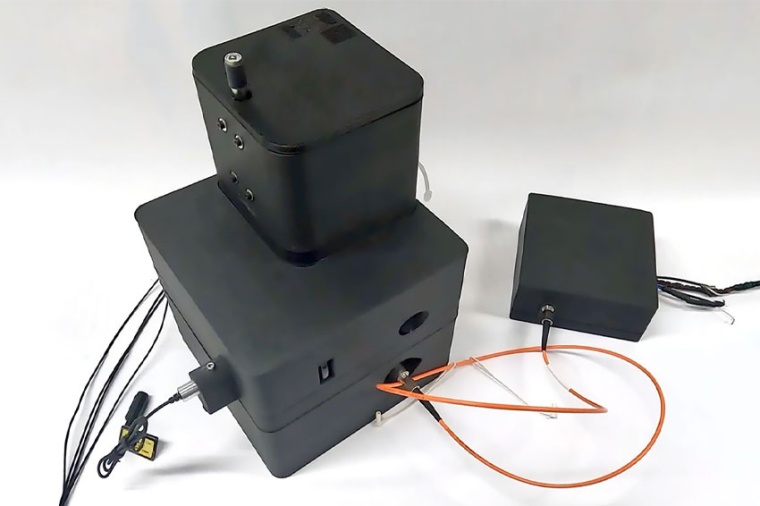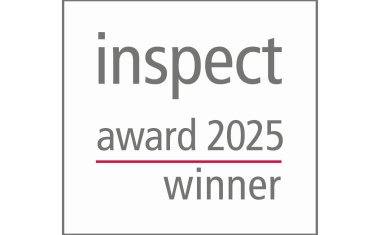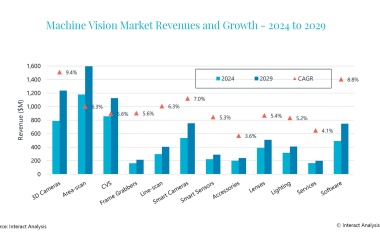Modular system for optical imaging from the 3D printer
Modern microscopy and spectroscopy methods for as many users as possible.
Professor Thorben Cordes and his doctoral student Gabriel Moya Muñoz developed the “Brick-MIC” microscopy platform, in which most components can be manufactured cost-effectively using 3D printing and flexibly combined with one another. The results of the work were recently published and the team has applied for a patent.

Modern light microscopes and spectroscopic methods are essential tools in the life sciences, biotechnology and medical applications, for example for molecular investigations. In order to further increase their sensitivity and selectivity, both methods and instruments are constantly being further developed in specialized laboratories. However, it often takes several years before the new technologies are actually available to users in the life sciences or in a clinical environment. Cordes’ working group has therefore developed a concept in which all components for the construction of optical microscopy or spectroscopy methods can be manufactured using 3D printing and flexibly combined with each other – like building with Lego bricks.
The low-cost open source system should make it possible to realize different modalities for special experiments by simply exchanging the various components. The scientists have tested their system for the use of various highly sensitive fluorescence microscopy techniques – including single-molecule detection and high-resolution optical microscopy – which normally require expensive equipment with investment costs of over 100,000 euros.
Cordes’ research group has already carried out tests together with a team from the Hebrew University of Jerusalem led by professor Eitan Lerner. The scientists were able to develop a flow cytometry method based on a Brick-MIC that enables direct virus detection in liquids.
Cordes and Moya Muñoz are currently working together with industrial partners to further develop the Brick-MIC platform. Cordes says: “We expect a wide range of applications in the field of academic and industrial research: from fluorescence imaging in pharmacy to medical cell research methods such as tumor marking to the monitoring of ecosystems through on-site sample analysis.”
Reference: G. G. Moya Muñoz et al.: Single-molecule detection and super-resolution imaging with a portable and adaptable 3D-printed microscopy platform (Brick-MIC), Science Advances 10(39), 25 Sep 2024; DOI: 10.1126/sciadv.ado3427











